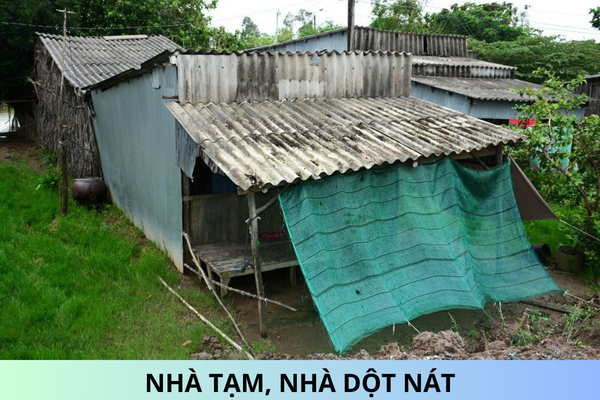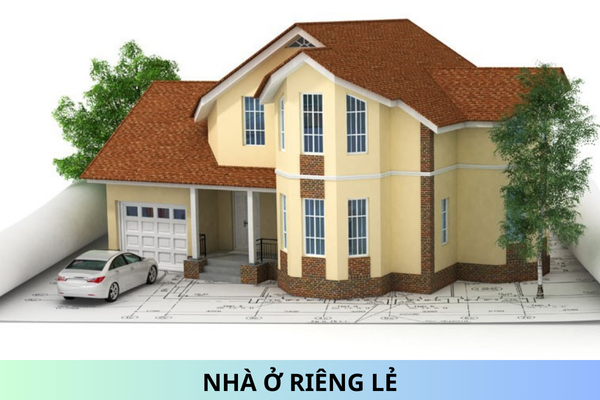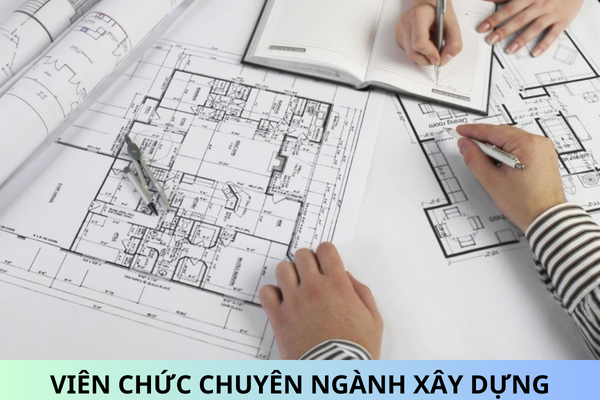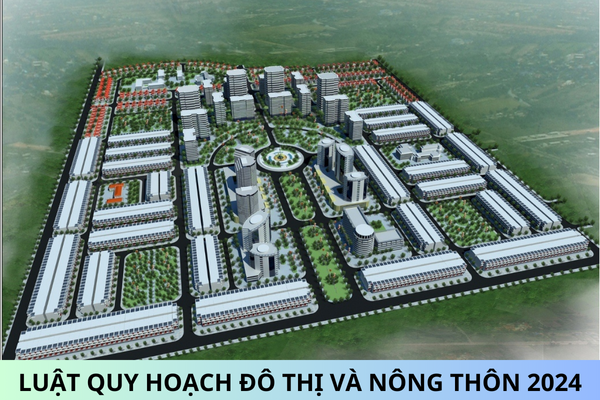What is a Housing Unit?
According to the regulations stipulated in Section 1.4.8 of the National Technical Regulation QCVN 01:2019/BXD on Construction Planning, residential units are defined as follows:
The basic functional areas of the urban are primarily serving residential needs, including: housing groups; service-public constructions; public greenery serving the regular, daily needs of the residential community; transportation roads (from the sub-regional roads to the housing group roads) and parking lots for the residential unit.
In accordance with the provisions in Section 2.2 of this Regulation:
- The maximum population scale of a residential unit is 20,000 people, and the minimum population scale of a residential unit is 4,000 people (for mountainous urban areas, it is 2,800 people).
- Each residential unit must be equipped with sufficient service-public constructions with a scale ensuring adequate service for the residents of the planning area, while also considering the needs of nearby areas and the adjusted transient population; Service-public constructions at the residential unit level must ensure easy access and use for all groups of residents within the residential unit;
- Public greenery land in the residential unit must be at least 2 m²/person; Each residential unit must have at least one garden with a minimum size of 5,000 m², ensuring usability for all groups of residents within the unit (especially for the elderly and children) according to QCVN 10:2014/BXD; Within housing groups, gardens and playgrounds must be arranged with a service radius of no more than 300 meters; Public greenery land within the residential unit and housing group must be allocated at least 25% for the planning of playgrounds, sports activity spaces, and outdoor entertainment areas;
- Projects implemented according to the planning but lacking the population scale to form a housing group or residential unit must still meet the indicators for service-public land and greenery land at both the housing group and residential unit levels, or there must be a justification for shared usage with nearby areas and solutions ensuring accessibility for residents;
- Within residential units, it is permissible to intermix some constructions not belonging to the residential unit; Main urban roads must not segment the residential unit.
Sincerely!










